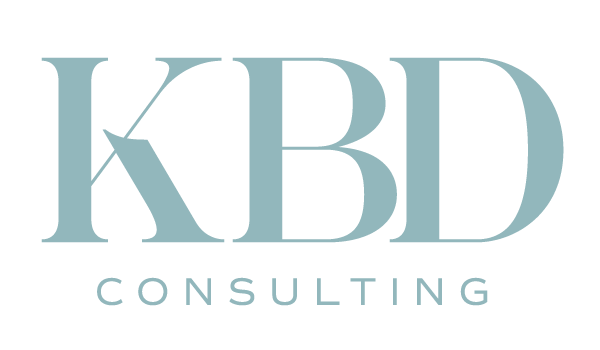It’s easy to listen to a podcast about the habits that get in the way of building trust and resilience and conjure up that one, specific colleague – you know who I’m talking about – who is getting it all wrong. Did you just mentally travel down that path? Thinking about the person who talks over the team? Hoards information? Consistently misses deadlines? Takes the credit and passes the blame? I get it. It’s comfortable to think about the changes someone else needs to make. And, it keeps us stuck.
If we want our teams not just to be able to survive adversity, but to thrive and to grow from challenging experiences, we need to build the muscle of first looking in the mirror.
Notice and Name
My personal canary-in-the-coal-mine that I’m out of sorts is a sigh+eye roll in response to every new text asking to chat, a “what now? 🙄” reaction. That’s my cue to shift out of autopilot and examine the path I’m traveling … from stressor → emotion → story I’m telling myself → behavior.
If I can notice and name each of these pieces, I get visibility to the way I’m showing up and what might really be behind it. I can challenge my own faulty narratives – the stories I’m telling myself that may not be true about the situation.
This practice begins to build the muscle of owning what we’re contributing to a relationship or team dynamic. If you struggle to name an emotion, help is here.
Shift into Curiosity
We each have a go-to response in challenging situations; noticing yours creates some space where you can choose to respond differently. That can be a shift like –
“This is never going to work” →
“What can I learn in this moment?” or
“What might be possible?” or
“Who might I get a different perspective from?”
Examine what’s going unsaid
The thing that goes unsaid often turns up the heat in a difficult situation. When I find myself getting short or replaying a challenging interaction, it can help to ask what I might be leaving unsaid. Does it need to be said? If yes, how can I say it in a way that it can be heard and move this relationship forward? If no, how might I let go of it?
In my experience, these habits don’t just snap into place and stick. These are my ongoing work. When I’m really struggling with one, it’s helpful to tell a colleague what I’m working on and ask for a nudge when they notice that one of these has fallen by the wayside.
All the better if you tell your entire team that you’re practicing these and invite the team to practice with you. There’s magic in making it ok for everyone to work on this kind of growth.
That’s it for now. I’ll be in the kitchen this weekend trying out two new recipes. One for a chewy, no chill chocolate chip cookie and one for a veggie soup.
– KBD
